Why You Should Know What a Bitcoin Miner and Node Is
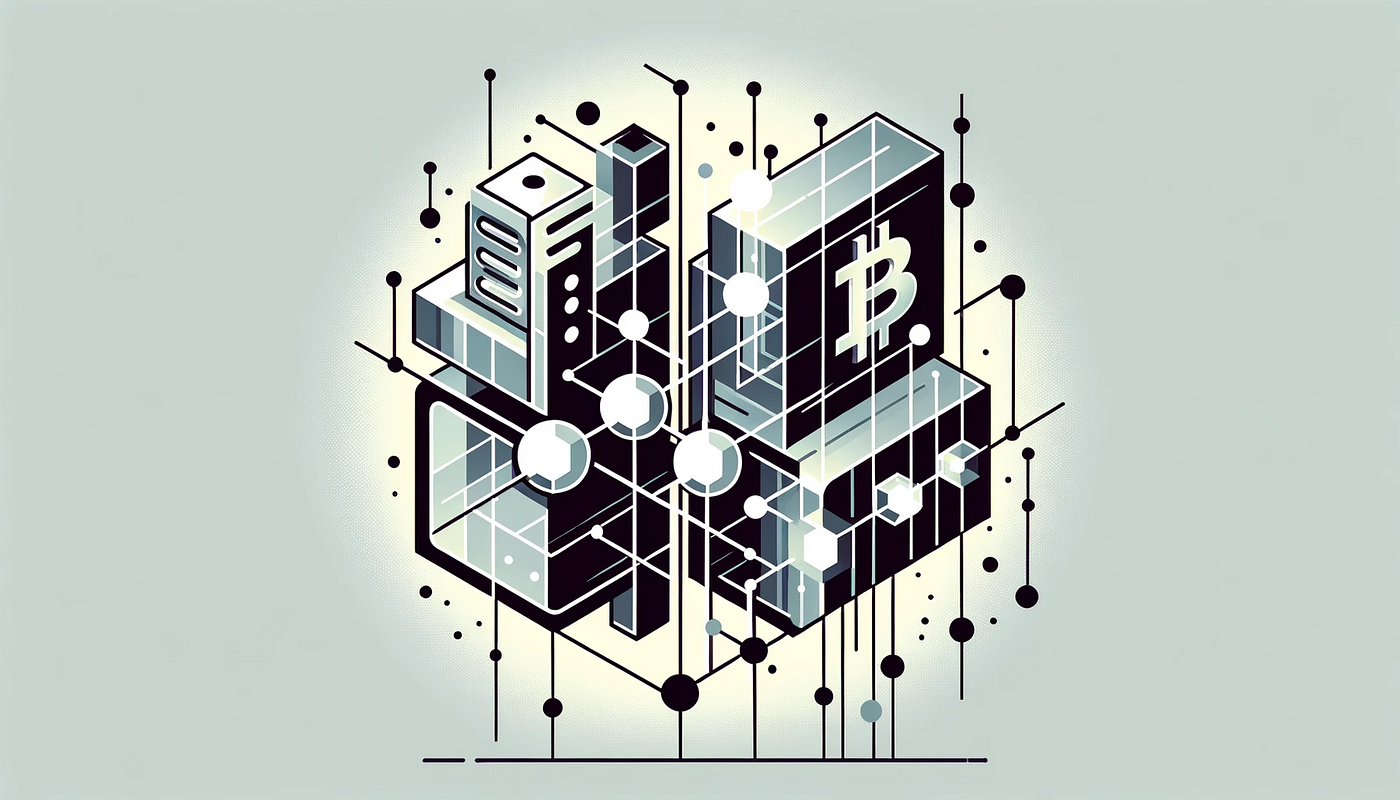 Bitcoin has taken the world by storm. As interest in Bitcoin grows, it’s important to comprehend its underlying structure and key differences that set it apart from traditional monetary solutions. Two critical pillars are miners and nodes. These aspects are part and parcel why Bitcoin is where it is today and secures $800 Billion. The ease of using and understanding Bitcoin will likely be a breeze after grasping the fundamentals of a miner and a node, shedding light on their unique functions and how they contribute to the longevity of the technology.
Bitcoin has taken the world by storm. As interest in Bitcoin grows, it’s important to comprehend its underlying structure and key differences that set it apart from traditional monetary solutions. Two critical pillars are miners and nodes. These aspects are part and parcel why Bitcoin is where it is today and secures $800 Billion. The ease of using and understanding Bitcoin will likely be a breeze after grasping the fundamentals of a miner and a node, shedding light on their unique functions and how they contribute to the longevity of the technology.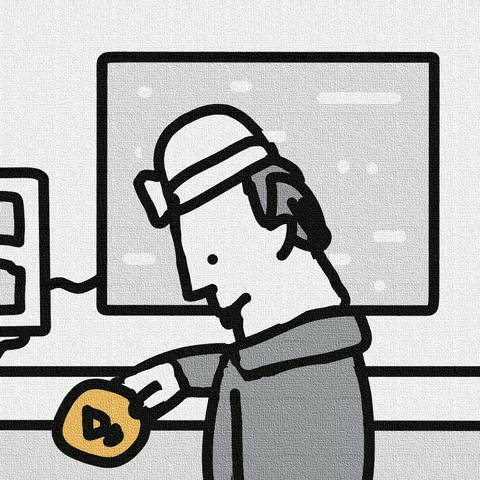 Miners can be thought of as the athletes of the network. There is a vast digital ledger that records every Bitcoin transaction. This ledger, known as the blockchain, is maintained and updated by Bitcoin miners. In sports, players work hard to score points. In the Bitcoin network, miners are like these players. Each transaction they verify and add to the blockchain is like scoring a point. The more complex the transaction, the more challenging the shot, but successfully adding a block to the blockchain (scoring) earns them rewards, just like points in a game.
Miners can be thought of as the athletes of the network. There is a vast digital ledger that records every Bitcoin transaction. This ledger, known as the blockchain, is maintained and updated by Bitcoin miners. In sports, players work hard to score points. In the Bitcoin network, miners are like these players. Each transaction they verify and add to the blockchain is like scoring a point. The more complex the transaction, the more challenging the shot, but successfully adding a block to the blockchain (scoring) earns them rewards, just like points in a game.
Miner Responsibilities:
Network Security: Miners ensure the network’s integrity by validating transactions and blocks, acting as a defense against software or hardware attacks, and constantly advocating for necessary upgrades and improvements.
Block Creation: By solving complex mathematical puzzles, miners add new transaction blocks to the blockchain.
New Bitcoin Generation: Miners are rewarded with new Bitcoins for each block they successfully add, known as the block reward.
Energy Consumption: Miners convert electricity into hashes and heat, adhering to the first law of thermodynamics(energy cannot be created nor destroyed). This energy expenditure and resource management is critical for the network’s operation.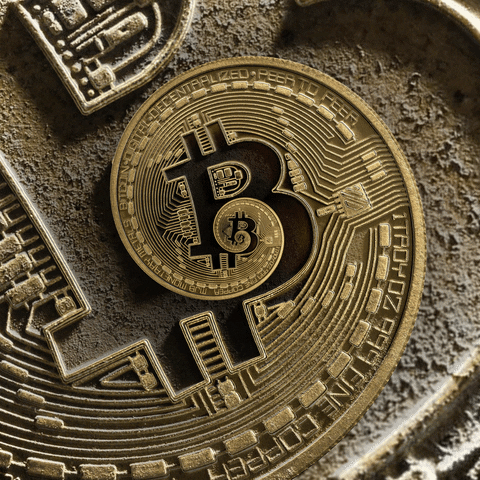 Nodes can be thought of as the referees or scorekeepers of the network; they are necessary for maintaining the game’s integrity and fairplay. The referees ensure the game’s rules are followed, much like nodes prove valid transactions and blocks according to Bitcoin protocol rules. The scorekeepers keep an accurate record of all the points scored (transactions and blocks added), ensuring the game’s score (blockchain) is accurate and up-to-date. A referee(node) would not count a point(transaction) if it did not abide by the rules.
Nodes can be thought of as the referees or scorekeepers of the network; they are necessary for maintaining the game’s integrity and fairplay. The referees ensure the game’s rules are followed, much like nodes prove valid transactions and blocks according to Bitcoin protocol rules. The scorekeepers keep an accurate record of all the points scored (transactions and blocks added), ensuring the game’s score (blockchain) is accurate and up-to-date. A referee(node) would not count a point(transaction) if it did not abide by the rules.
Node Responsibilities:
Blockchain Maintenance: Nodes keep a copy of the entire blockchain, ensuring its historical accuracy and consistency, preventing issues like double spending.
Rule Enforcement: They verify that the blocks added by miners adhere to Bitcoin’s protocol, filtering to find the legitimate transactions.
Transaction Relay: Nodes share transaction data across the network, maintaining its updated and synchronized state.
Miners and Nodes Work Together
Roles: Miners add transactions and create new Bitcoins, while nodes keep the blockchain consistent and unalterable by verifying and filtering the information. Nodes enforce how the finite Bitcoin supply of 21 million can’t just be changed.
Hardware: Mining demands specialized, high-power hardware to efficiently and competitively validate transactions. In contrast, nodes do not require the same level of computational power and can be run on a simple computer. The amount of storage required depends on if it is a full node(stores entire copy of blockchain) or a light node(stores just essential information).
Rewards: Miners earn new Bitcoins and transaction fees for adding blocks. Nodes don’t receive Bitcoin rewards but are crucial for the network’s integrity. There are many benefits to running a node including:
- Self-verify transactions without needing to rely on another node.
- Complete self-sovereign Bitcoin usage, broadcasting and verifying transactions autonomously.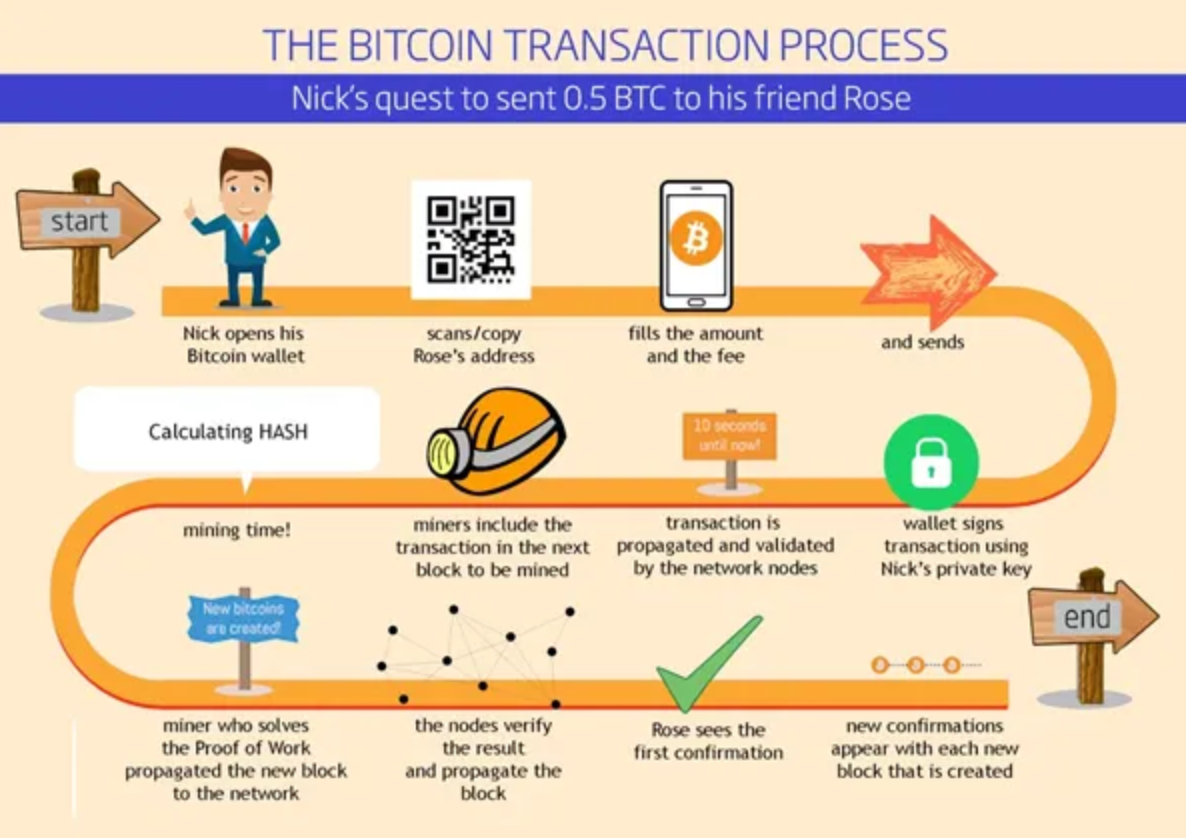 Here is a great graphic to understand this.
Here is a great graphic to understand this.
- Nick creates a wallet address to hold 0.5 BTC
- Nick inputs Rose’s address
- Nick signs and broadcasts the transaction to the network
- Transaction is checked by a node(compared with blockchain copy to confirm)
- Miner picks up the transaction and solves the hash puzzle.
- Miner is rewarded BTC+fees for adding transaction to blockchain
- Nodes recheck to verify the result
- The transaction is added to the blockchain and receives a confirmation.
- More confirmations are added as more valid blocks are added.
- Rose has the 0.5 BTC in her wallet address.
In the Bitcoin network, miners and nodes perform distinct but interdependent functions. Miners secure and expand the blockchain, while nodes maintain its integrity and enforce the rules. Both are vital to Bitcoin’s decentralized nature and its operation as a global store of value and currency. Understanding these roles produces not only confidence in one’s own investment in Bitcoin, but also the inner workings that highlight the revolutionary innovation of the ecosystem.
Resources:
What is a Bitcoin node?
How does Bitcoin mining work?
Node beginner guide
LinkedIn
Twitter
Bitcoin
Economics
Finance
Investing
Technology
 Follow
Follow
Written by William Boone
0 Followers
·
Writer for
Coinmonks
Bitcoin | Economics | Stewardship | Bitcoin Education == Inevitable Allocation | Proverbs 16:9
More from William Boone and Coinmonks

 William Boone
William Boone
in
Coinmonks
Bitcoin Ordinals: Purposeful or Unworkable?
Previously there was Segwit, Lightning, and Taproot; producing a consensus of being productive for the Bitcoin network. The Bitcoin…
5 min read
·
Dec 20, 2023
5
 Shantanu Gupta
Shantanu Gupta
in
Coinmonks
Which Crypto Will Explode in 2024? Here Are Some Of MyTop Picks.
As we approach the end of the year, investors worldwide are gearing up for the anticipated bull run in the crypto market, eyeing the next…
4 min read
·
Dec 19, 2023
668
2
 Velvet.Capital
Velvet.Capital
in
Coinmonks
🚨Velvet.Capital Token Distribution (Airdrop)🚨
🚨 Airdrop Alert🚨: DeFi Asset Management Done right! Everything you need to know for Velvet.Capital’s Token Distribution & Airdrop!
4 min read
·
Dec 30, 2022
38K
1016
 William Boone
William Boone
How and Why You Should Be Using RSS in 2024
In 2024, amidst the tech landscape dominated by surveillance and algorithm-driven content, RSS (Really Simple Syndication) emerges as a…
2 min read
·
5 days ago
Recommended from Medium
 0xAnn
0xAnn
in
Crypto 24/7
Making Money Scalping Crypto
“Why do you work 9–5 when crypto trading is basically free money?”
·
7 min read
·
Jan 10
423
10
 Michel Marchand
Michel Marchand
in
Coinmonks
The Bull Is Back? Top 10 Cryptos to Buy on Coinbase in 2024
well . . . I’M back, shouldn’t that be enough?
21 min read
·
Dec 31, 2023
415
8
Lists


 Self-Improvement 10120 stories
Self-Improvement 10120 stories
·
1217
saves Leadership41 stories
Leadership41 stories
·
199
saves

 Business 10125 stories
Business 10125 stories
·
640
saves

 Work 10126 stories
Work 10126 stories
·
87
saves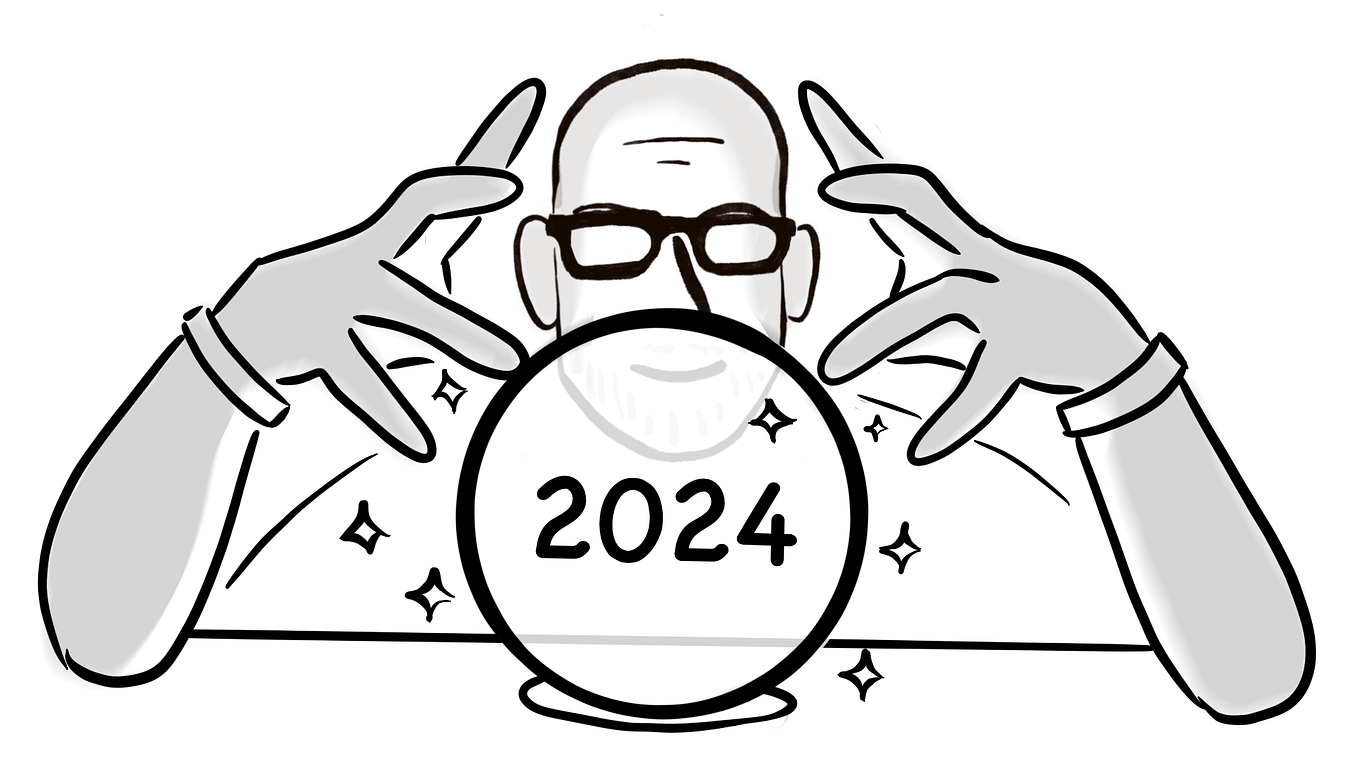
 Scott Galloway
Scott Galloway
2024 Predictions
Each year, we review/make predictions re the past/coming year. Most years, we hit more than we miss. But we do miss — if we made 10…
11 min read
·
Jan 6
8.7K
119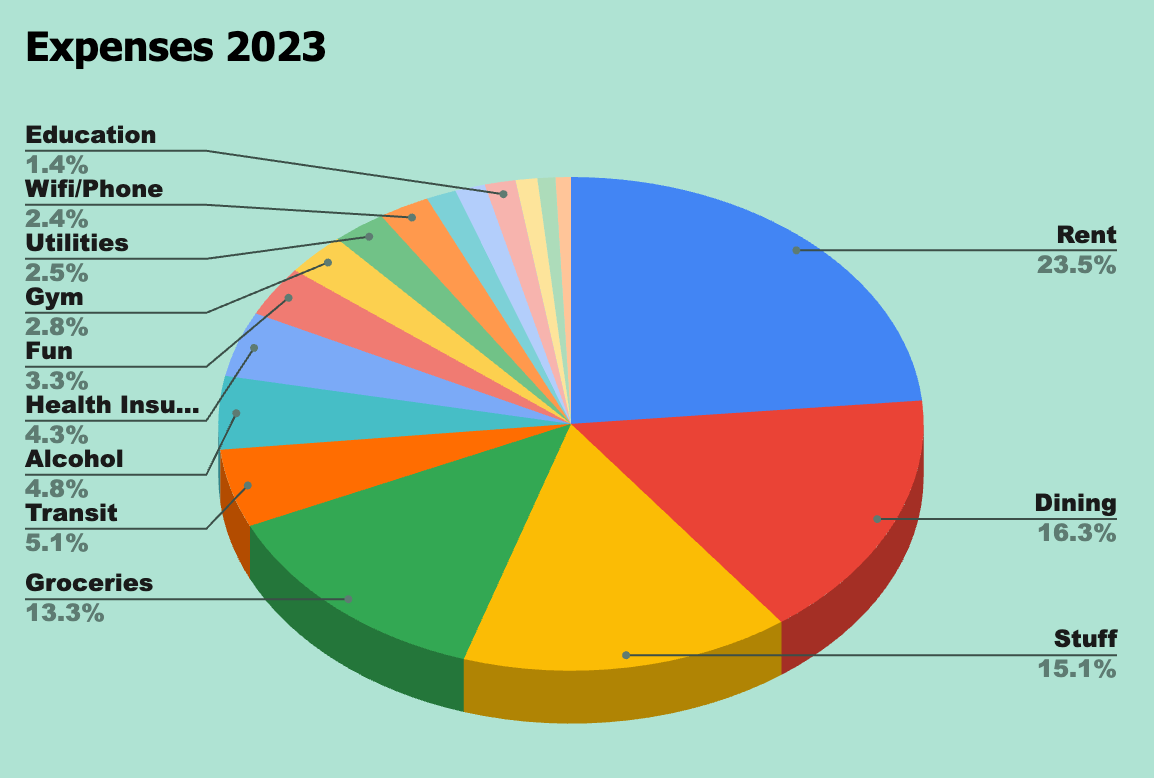
 Shawn Forno
Shawn Forno
in
The Startup
Here’s Exactly How Much it Costs to Live in Spain for One Year
An honest look at our average monthly expenses in Galicia, Spain
·
12 min read
·
Jan 6
2.6K
49
 Financeable
Financeable
12 Side Hustles You Can Do From Your Phone ($600+ Per Day)
Let’s be honest, if you’re reading this article, you probably have a phone or a laptop. And with this thing, you can make as much as $600…
13 min read
·
Dec 25, 2023
6K
109
 Mike Coldman
Mike Coldman
Top 4 Crypto Gems Set to Explode in 2024 !
Unlock the Secret Strategies of Elite Investors and Transform Your Portfolio Overnight !
·
5 min read
·
Jan 8
170
3














![[ℕ𝕖𝕧𝕖𝕣] 𝕊𝕖𝕝𝕝 𝕐𝕠𝕦𝕣 𝔹𝕚𝕥𝕔𝕠𝕚𝕟 - And Now What.... Pray To The God Of Hopium?](https://cdn.bulbapp.io/frontend/images/79e7827b-c644-4853-b048-a9601a8a8da7/1)




















